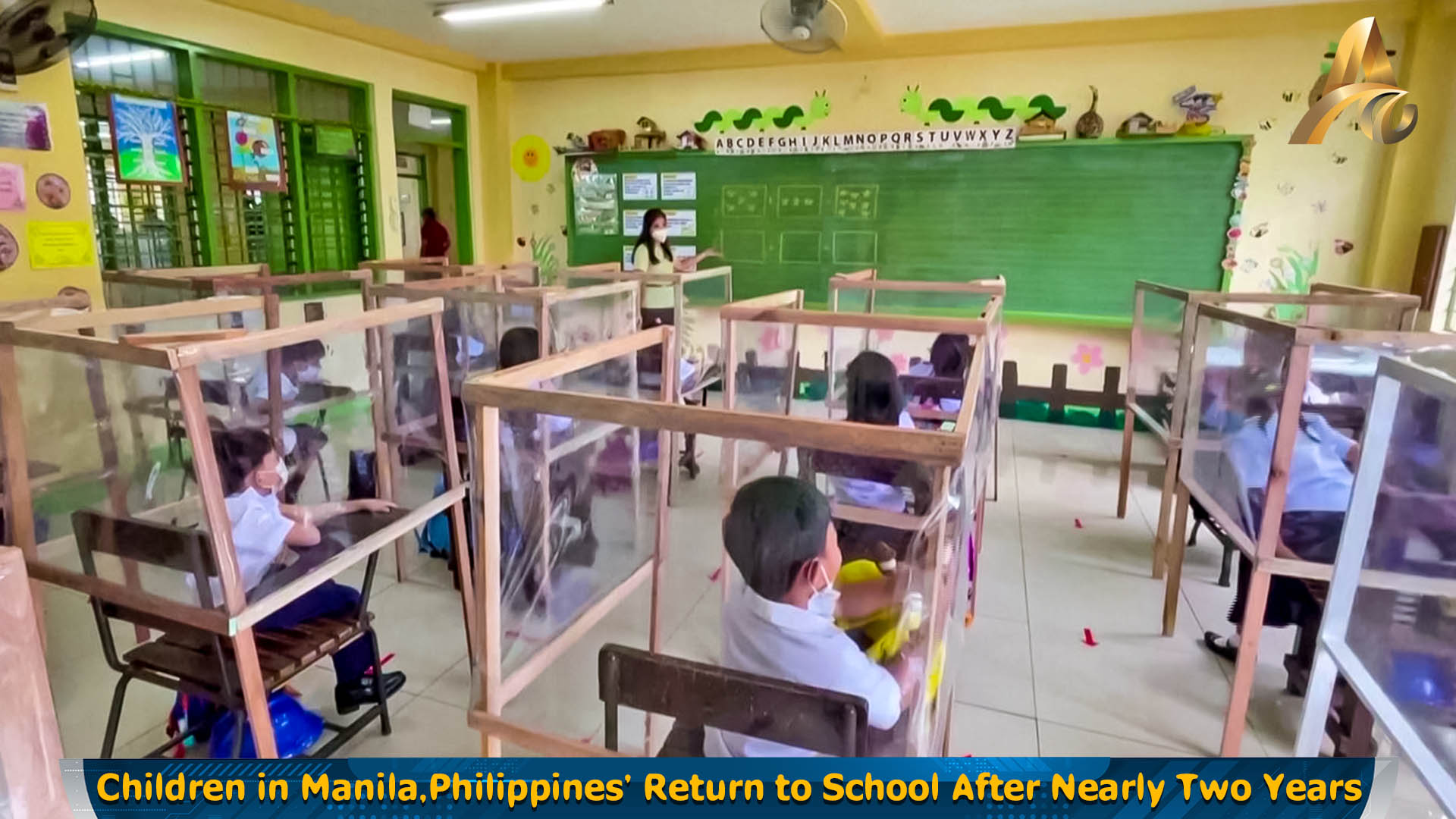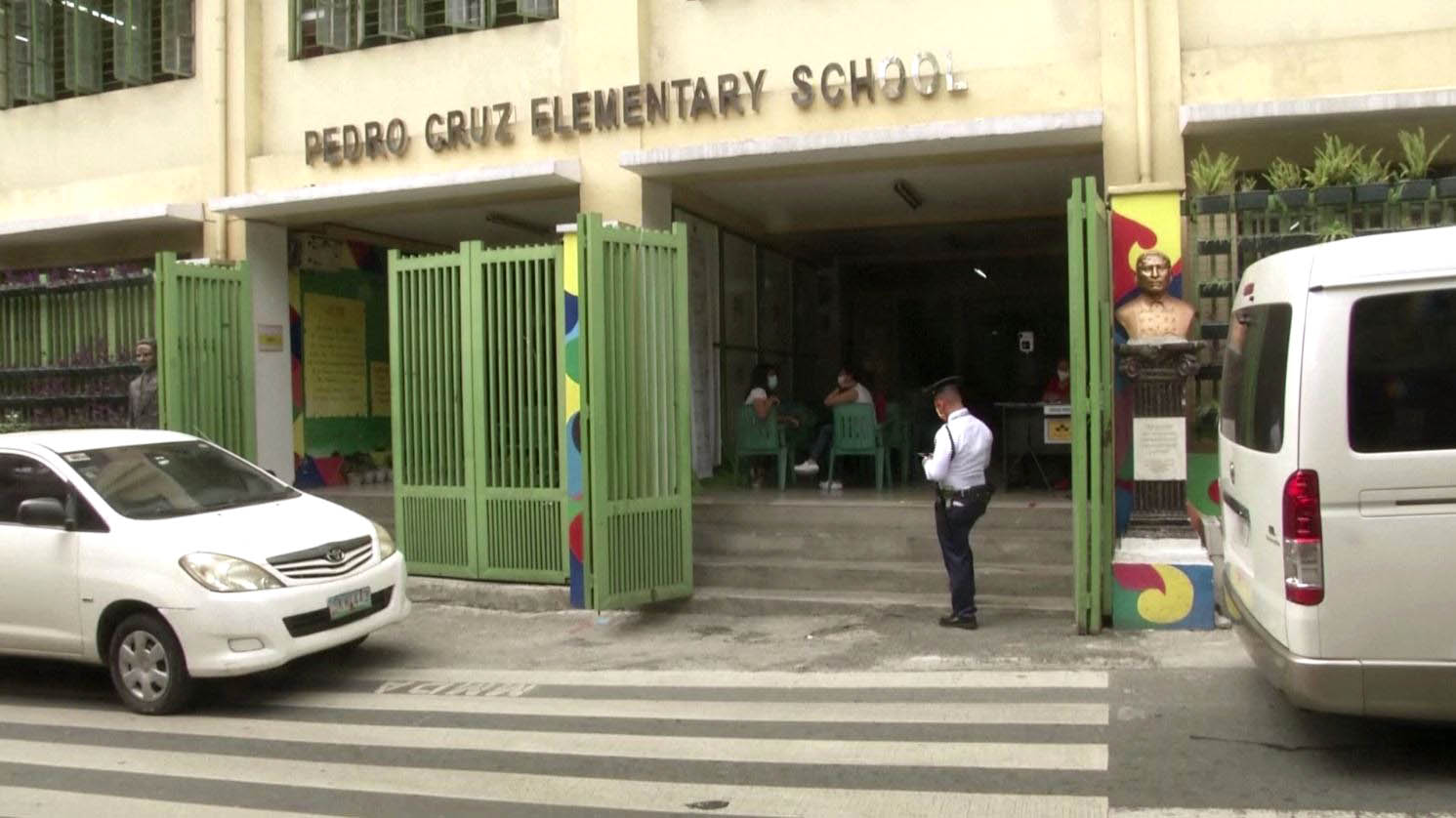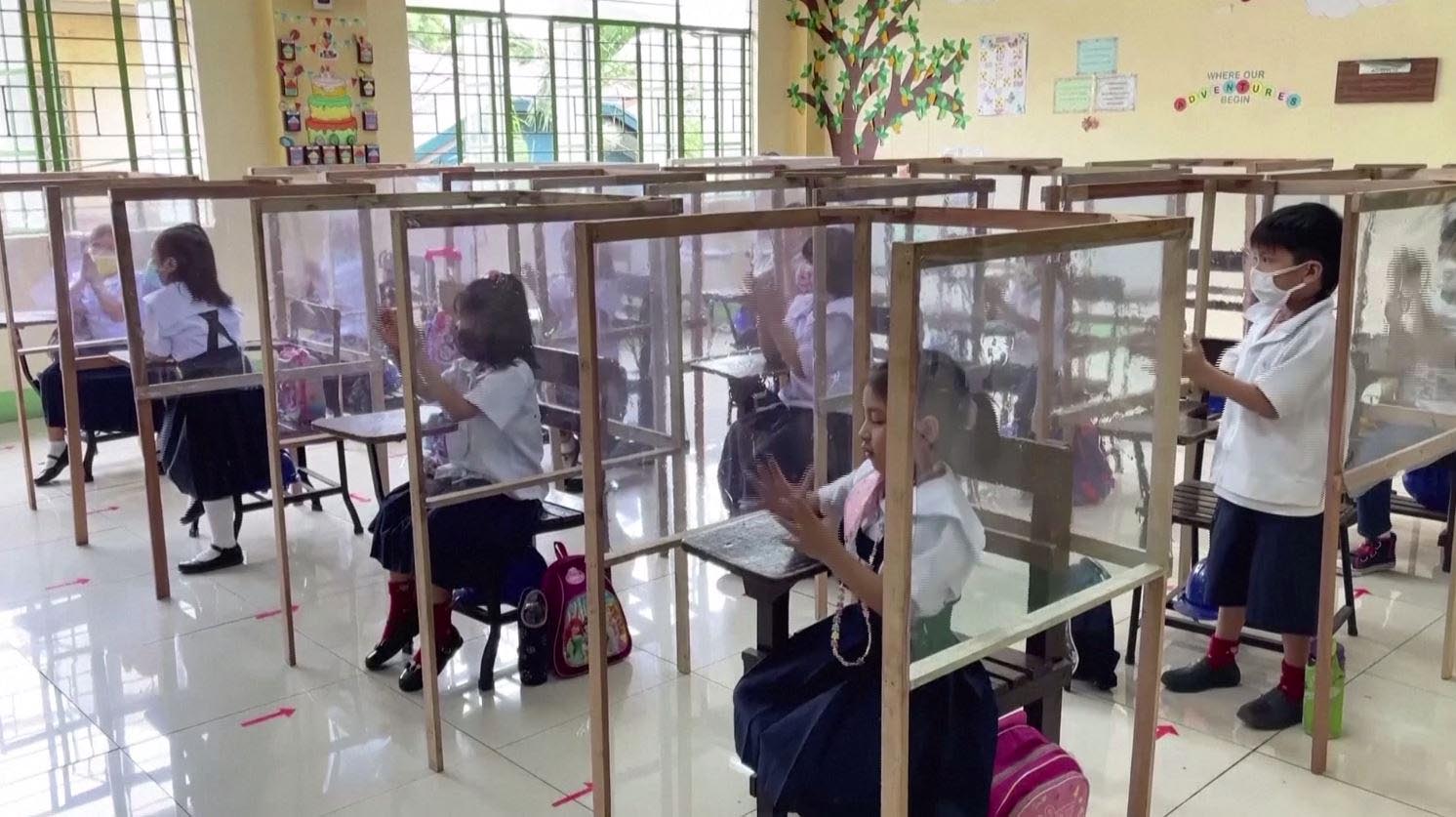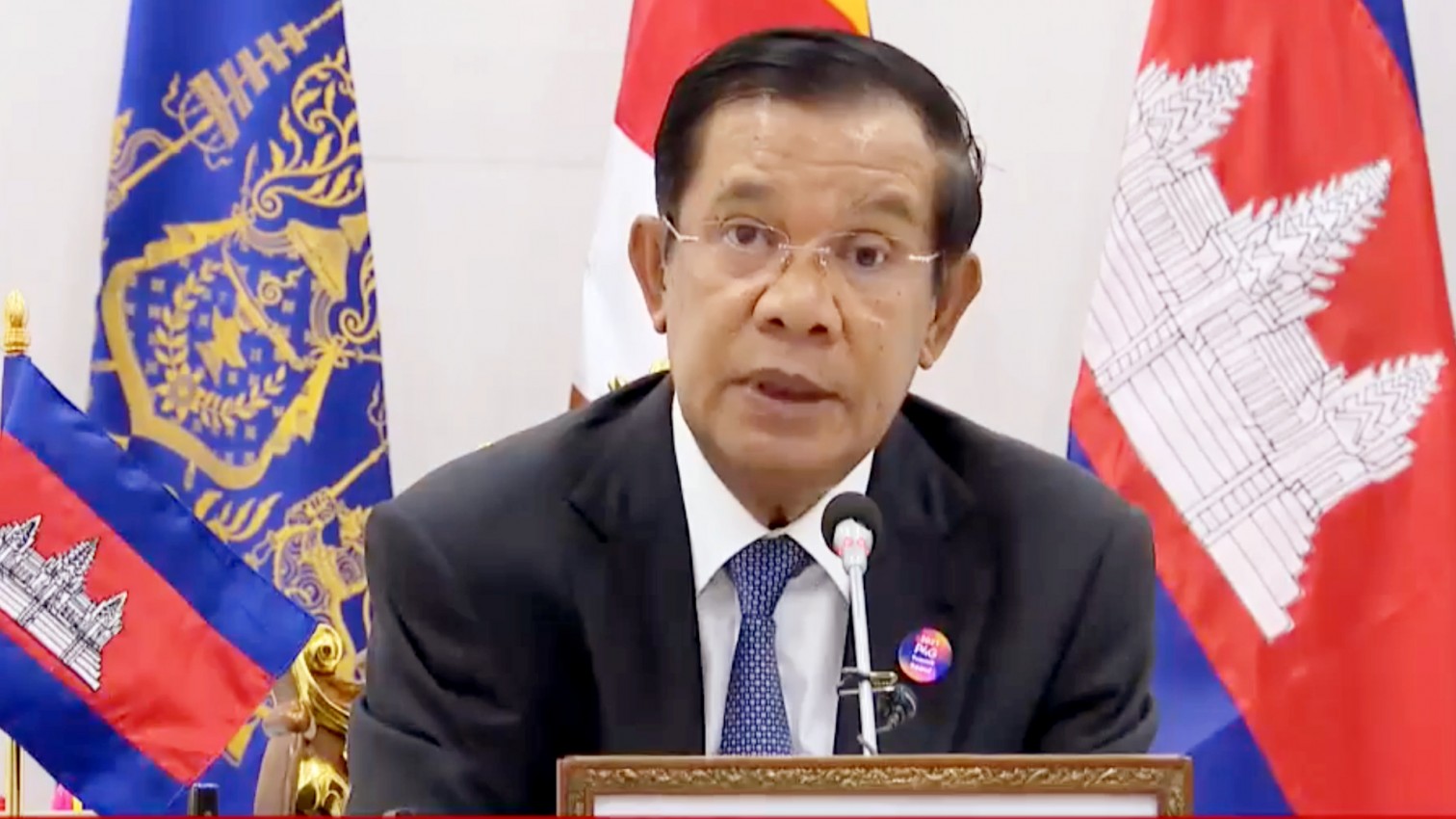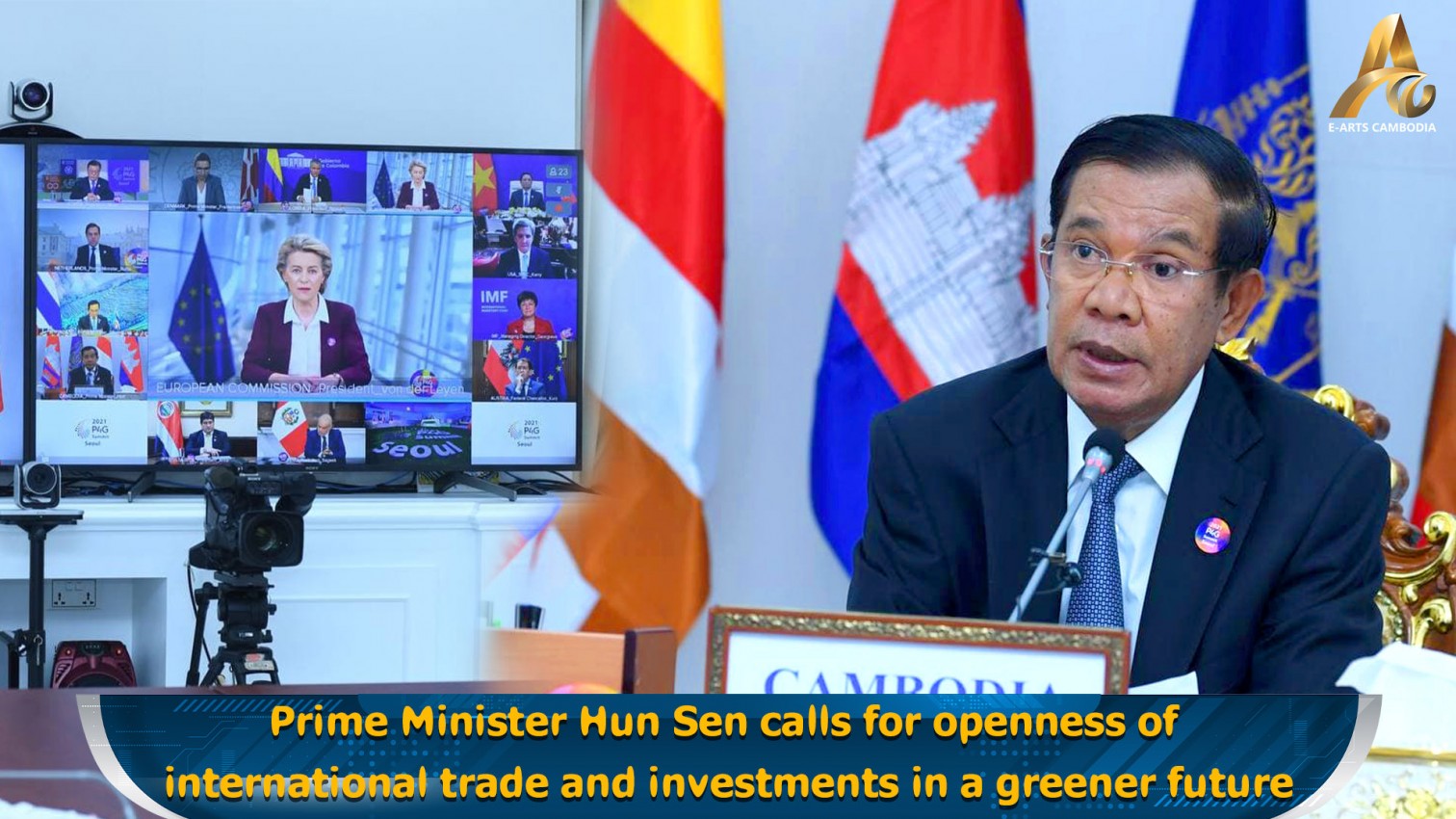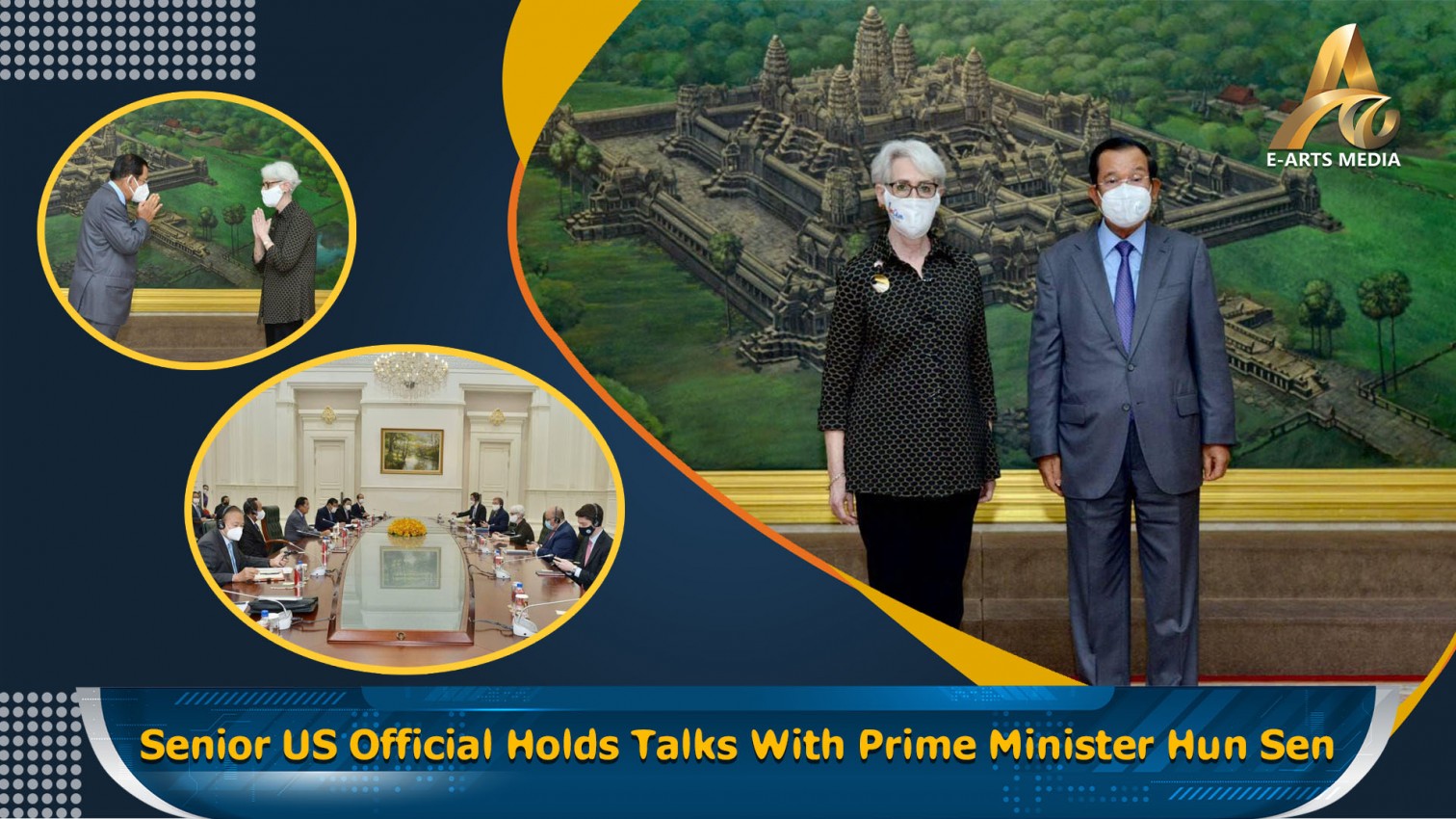INTERNATIONAL: Children aged between 6-9 years old in the Philippines' capital of Manila have finally returned to school on Monday for the first time after nearly two years of online classes, as part of a pilot scheme to resume face-to-face learning after the pandemic has disrupted the education of 27 million students.
It's a much better way to conduct classes face-to-face because a teacher can closely monitor students when it comes to what they teach and properly supervise what we ask them to do. A teacher can easily address problems, especially in reading and writing.
There are parents and students who still feel scared since there is still COVID, but have to brave it so the children can learn properlu. Parents also complain that they can't focus on helping with their kids’ studies and modules because they also have work. It become a big challenge, even with the schedule, and the internet problem.
Inside the classrooms, desks fitted with plastic barriers were spaced over one metre apart and classes were limited to a maximum of 15 students to ensure social distancing. Students and teachers were also required to wear face masks during the half-day classes.
A total of 100 public schools in lower-risk areas across the Philippines are holding classes in person for the two-month pilot run, with the reopening of more dependent on vaccination rates and a sustained decline in COVID-19 cases.
The Philippines, which had imposed some of the world's longest lockdowns, is among the last countries to reopen schools, in stark contrast to many western countries.








